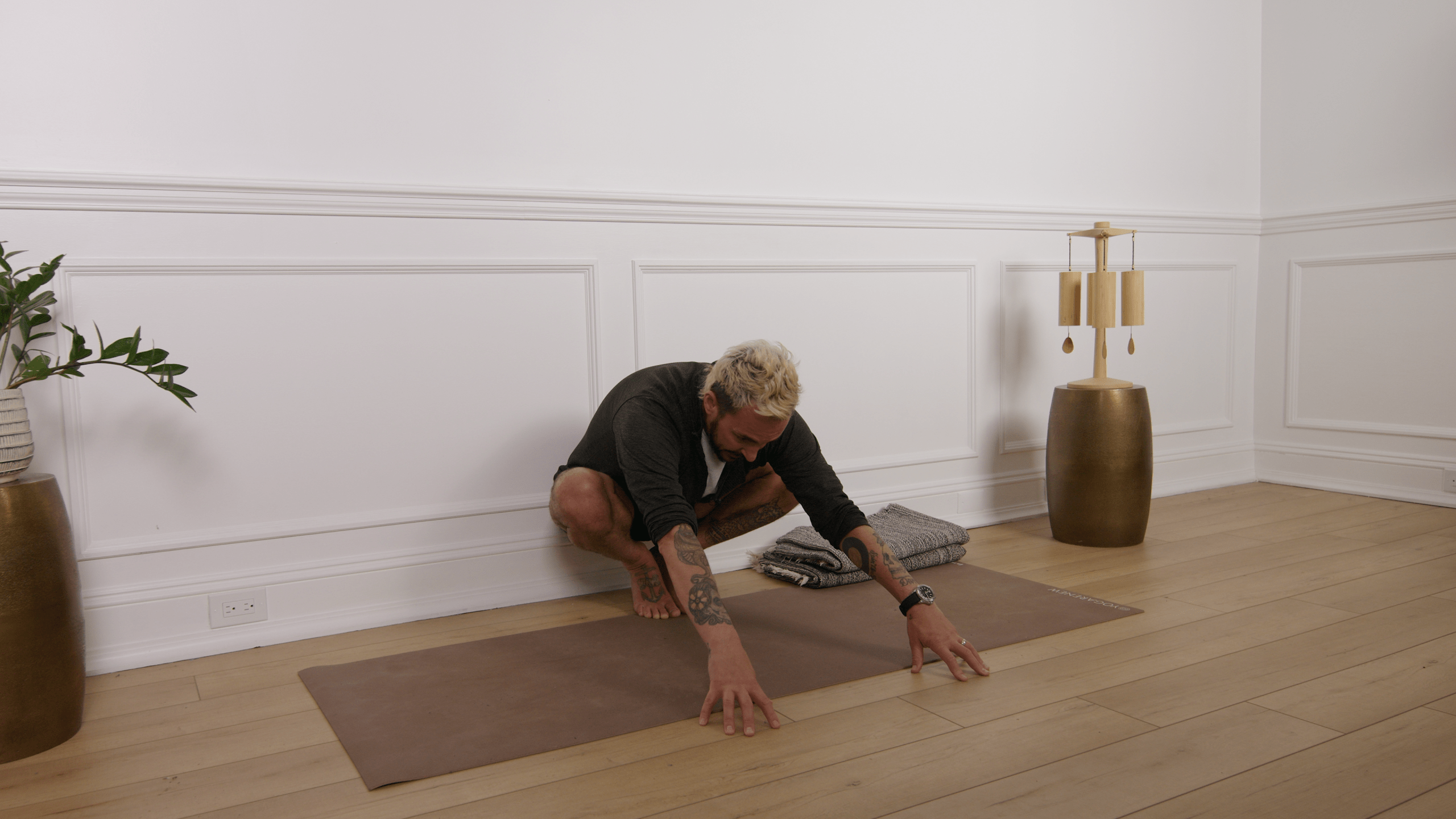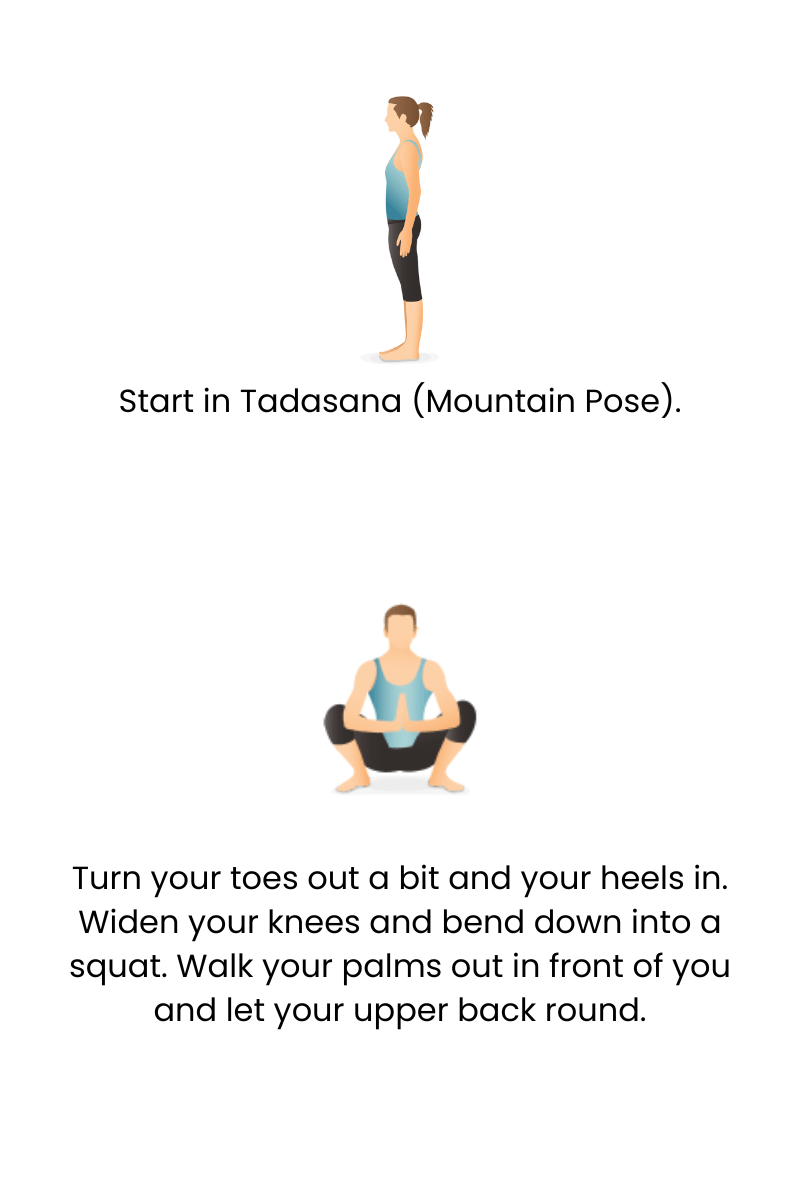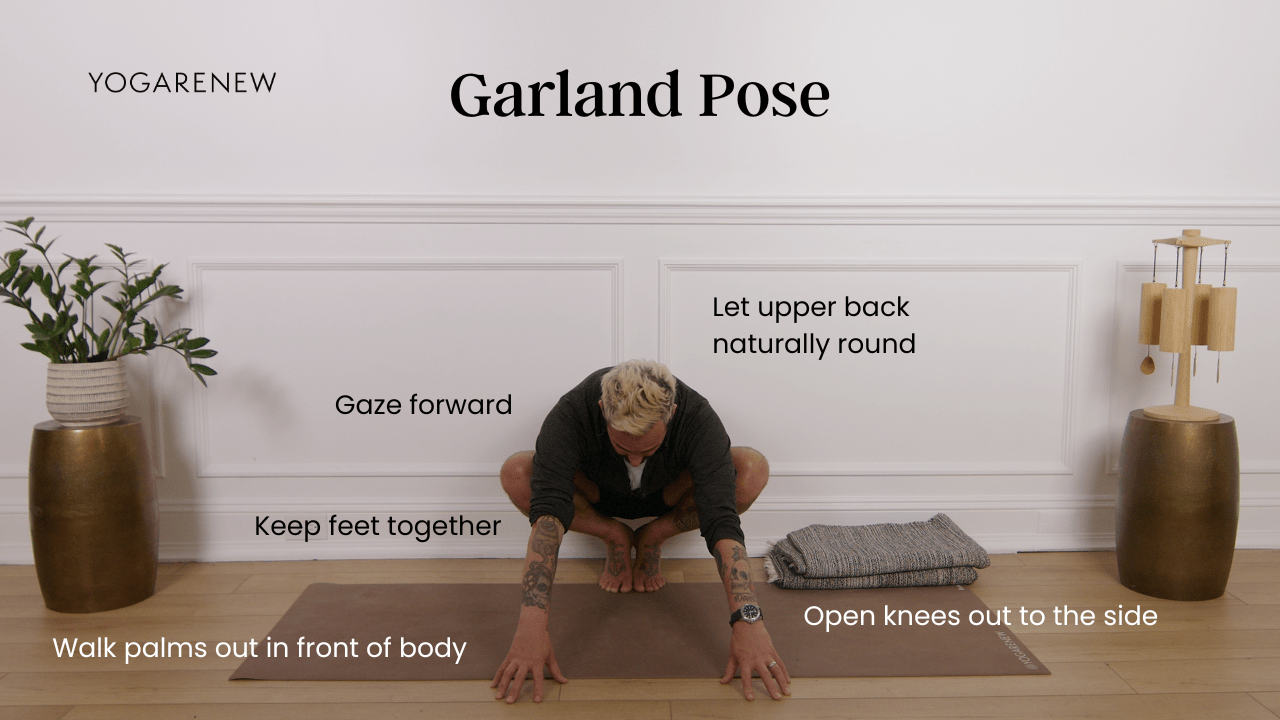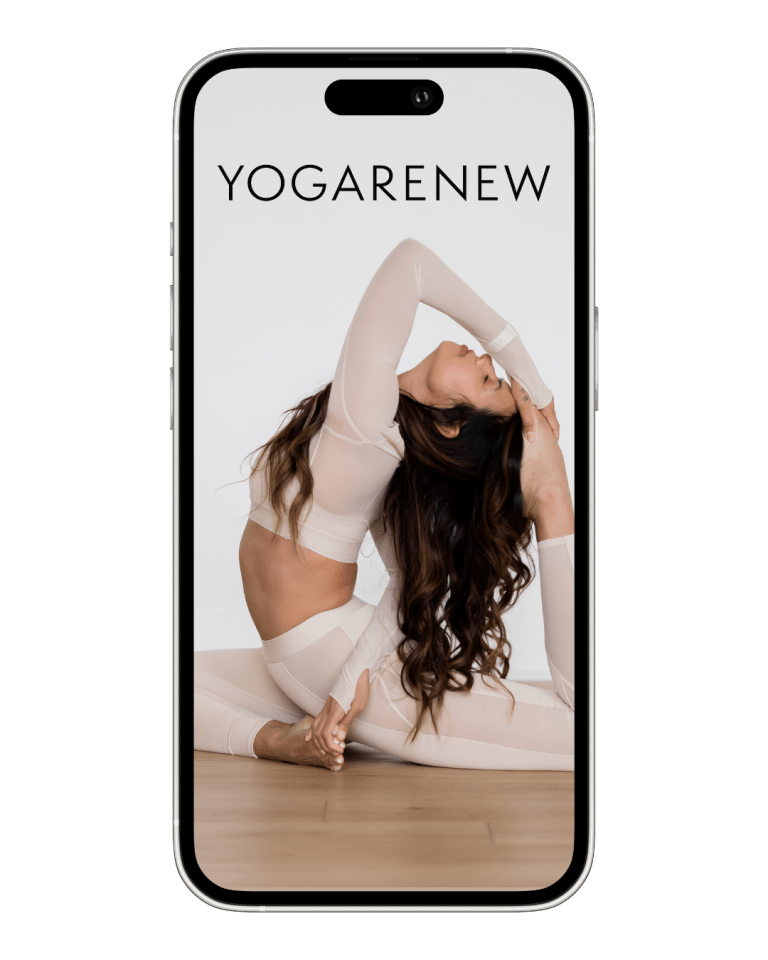What is Garland Pose?
English Name: Garland Pose
Sanskrit Name: Malasana (pronounced mah-LAHS-uh-nuh)
Category: Hip Opener, Grounding, Foundational, Strengthening

English Name: Garland Pose
Sanskrit Name: Malasana (pronounced mah-LAHS-uh-nuh)
Category: Hip Opener, Grounding, Foundational, Strengthening
Malasana, or Garland Pose, is a deep yogic squat that grounds the body, opens the hips, and strengthens the lower body and core. Rooted in traditional yoga and seen in many cultures as a natural resting position, Malasana is both accessible and powerful—offering physical release and energetic grounding.
This foundational pose improves flexibility in the ankles, knees, and hips, while promoting digestive health and inner calm. Whether used as a warm-up, a strengthener, or a meditative hold, Malasana invites you to slow down, drop in, and connect with your breath and body.


Malasana is a deeply grounding pose that brings us closer to the earth—physically and energetically. It invites us to pause, sit with stillness, and open from the inside out. As much a posture of humility as it is of strength, Malasana builds the foundations of hip mobility, core stability, and present-moment awareness. Whether you’re seeking flexibility, focus, or a mindful release, Garland Pose offers a rooted space to breathe and be.
Use a rolled blanket or mat under your heels until flexibility increases.
It can be! In many cultures, it’s a natural resting posture. With proper support, it can feel restful.
Yes, especially if you’re working on hip and ankle mobility. Just be mindful of your knees and lower back.

Explore classes & pose tutorials for any style, format, duration or experience level with a free account in the YogaRenew app. Or subscribe and gain access to workshops, live classes and more.